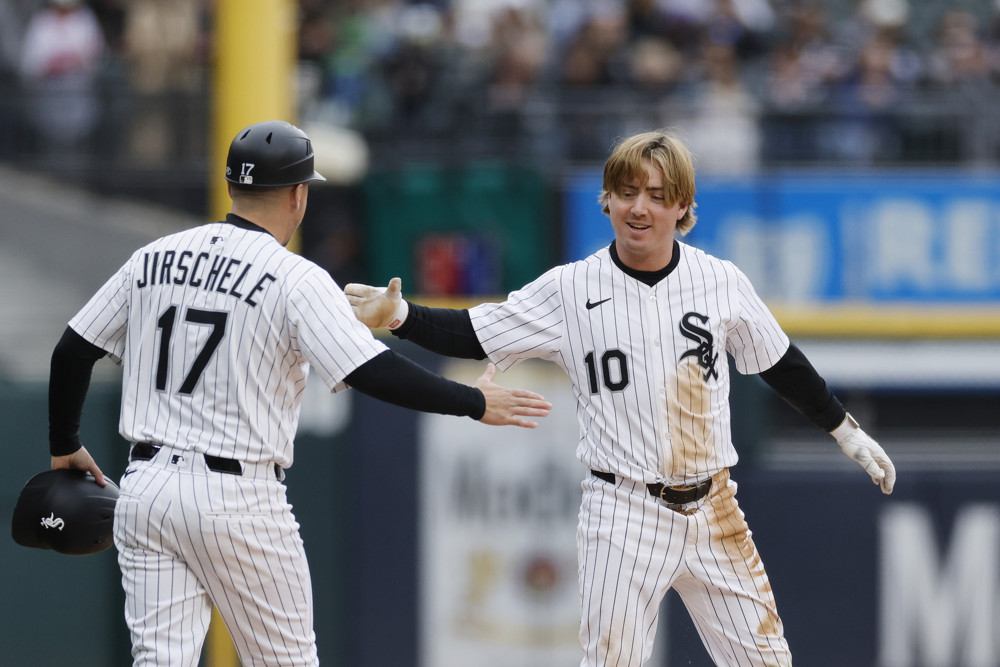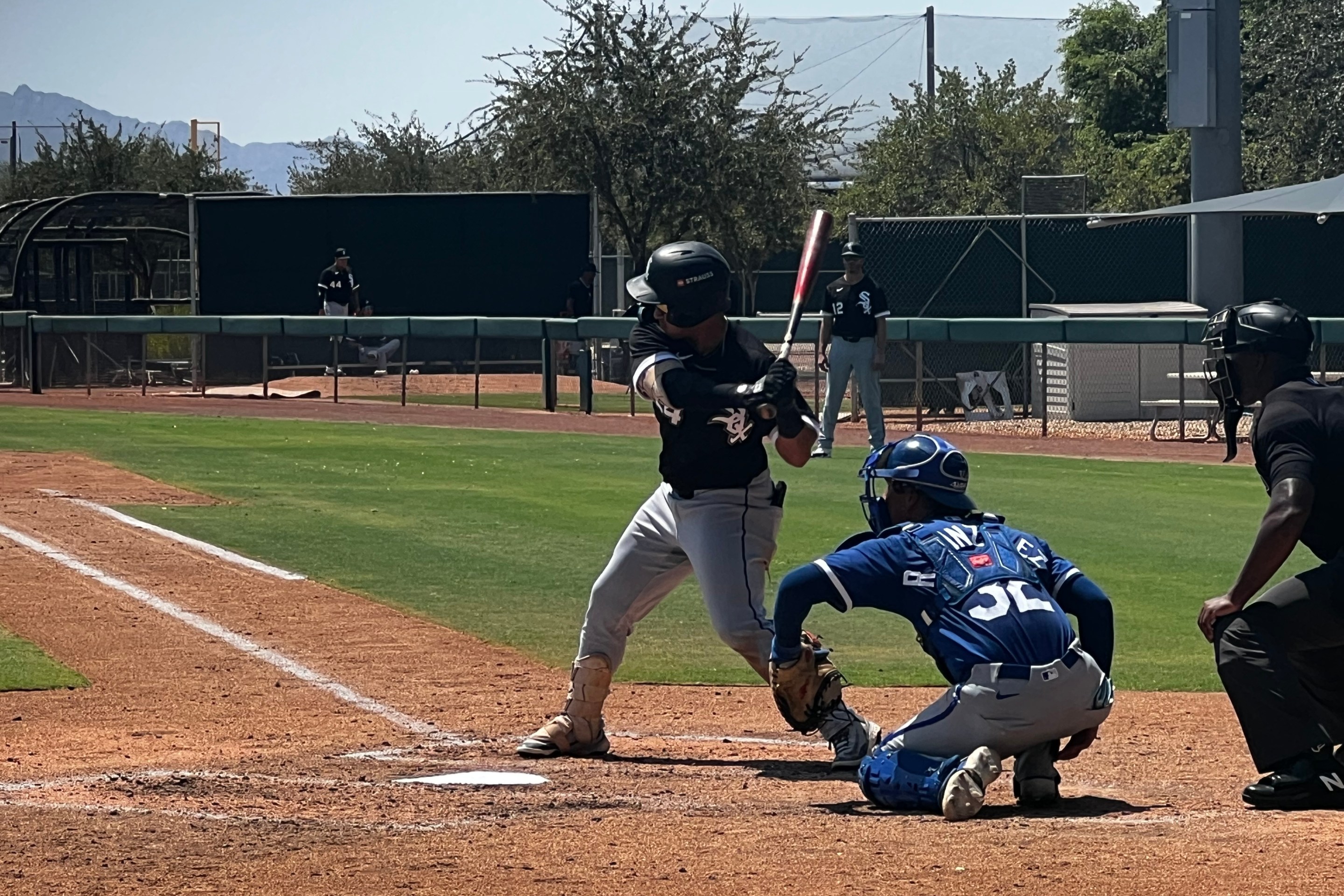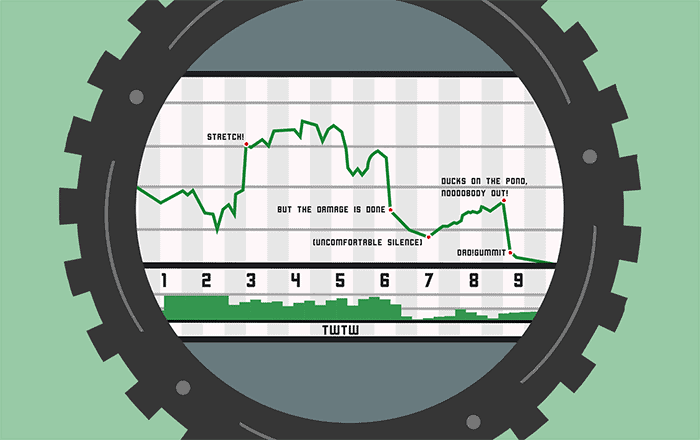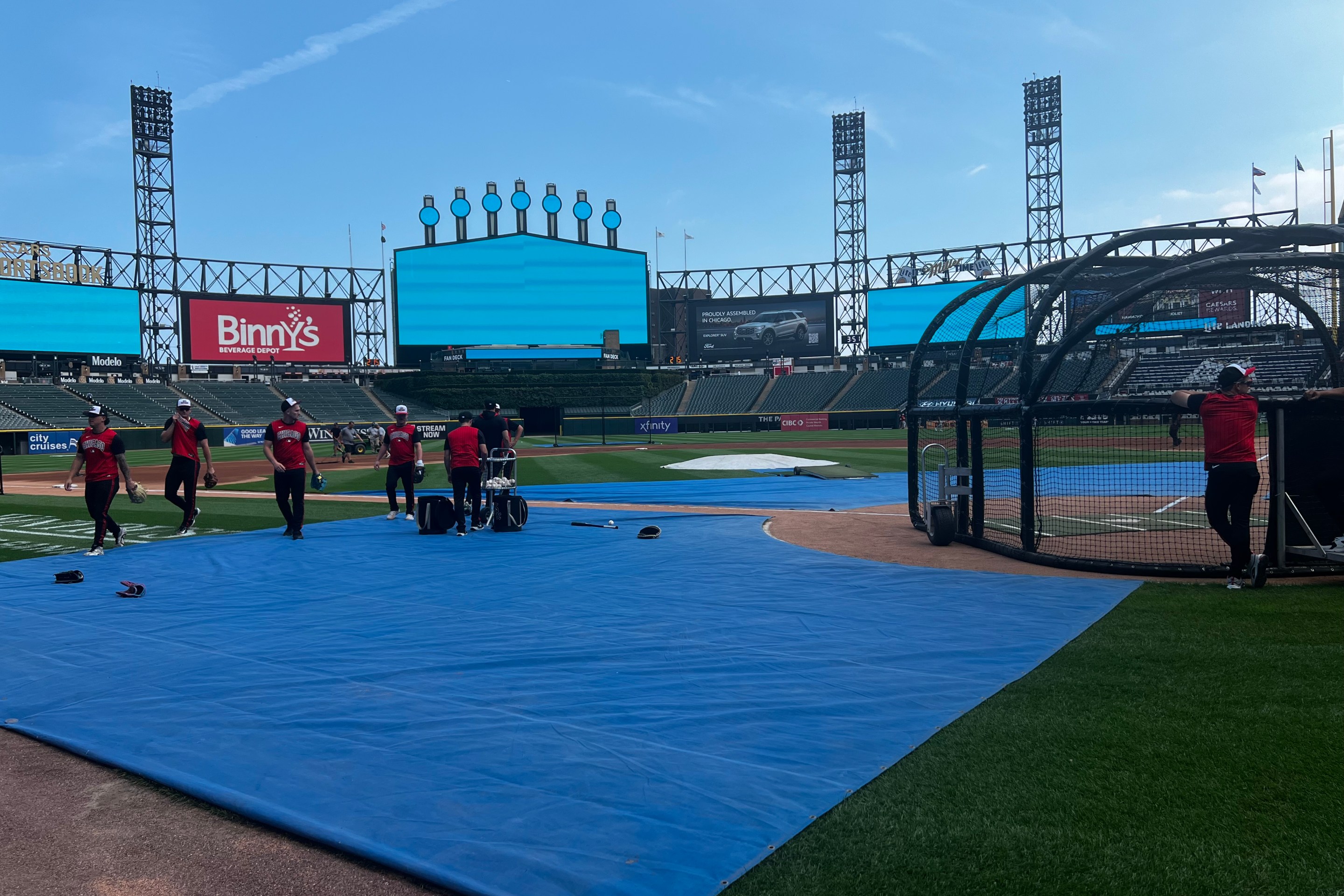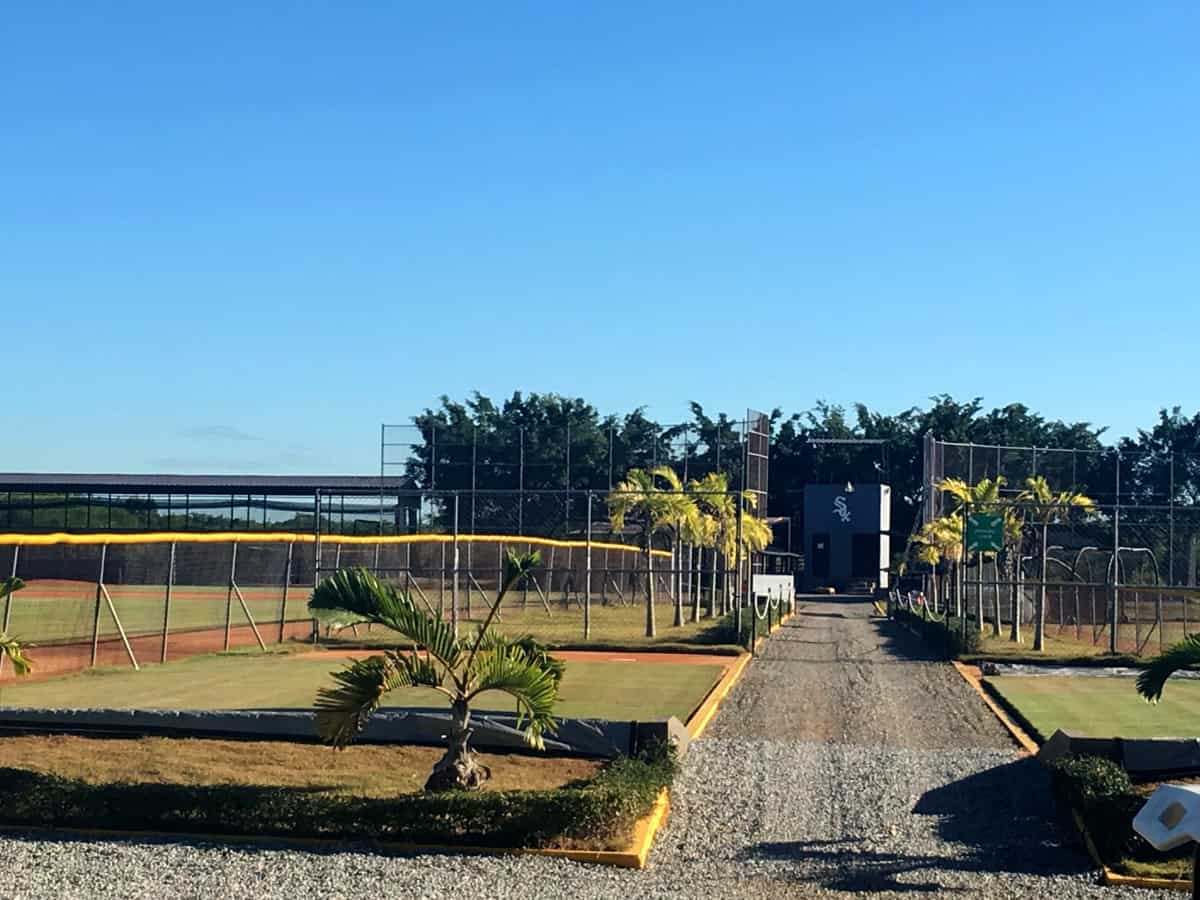That Chase Meidroth was optioned to Triple-A at the end of spring training with instructions to be more aggressive in the strike zone, or even Chase Meidroth's whole deal of extreme patience -- an absurd 31 percent swing rate in the minors last year, chasing at less than 20 percent of pitches out of the zone in the majors -- becomes funny if you know more about where it started.
"I challenge you to go walk," University of San Diego head coach Brock Ungricht recalled telling Chase Meidroth early in the 2022 season.
"He looked at me like, 'What?' And I said, 'I challenge you to go walk this weekend. How many walks can you get this weekend?'
"And he started smiling and he said 'All right.'"
At the time, Meidroth's plate approach was more centered around a basic truth for all talented young hitters; the ones blessed with good swings tend to enjoy using them. Meidroth was coming off a breakout summer performance as a rising junior in the Northwoods League, where he had also walked plenty, that put him on the draft radar and regularly in the USD lineup for the first time. He mentioned his long wait for playing time just recently as for why he was merely lying fallow during his recent 10-game injured list stint.
"Learning the game as much as I can, talking to the coaches and just like seeing how I can get better when I come back," Meidroth said. "Certain plays you kind of watch and it helps you for the next time. It’s almost like if you watch it the right way, it’s almost like you are playing. I did that in college, for the two years I sat."
As it turned out, Meidroth had watched pitchers enough to be capable of walking quite a bit, from doing it almost twice as much as he struck out as a junior at USD (40 to 25), to 105 times in 122 games at Triple-A Worcester last year, to nine times in 53 plate appearances (17 percent) so far in the majors.
His early Statcast numbers tell a well-foreshadowed story: Meidroth combines a short swing path (6.7 feet) with a chase rate that will be at the bottom of the league once he has enough plate appearances to qualify. But at USD, he had some mechanical work necessary to make such a performance possible.
"He always had like a drift, he had a crash, his head would move a lot," Ungricth said. "He would crash forward. That was something big for him to try to clean that up and really be balanced at the plate so he could have good swing decisions and good pitch selection.
"The best hitters are the ones that are able to trust themselves, trust their swings and their hands. But in order to do that, you've got to keep your head still the whole time, which keeps your eyes still. That was the big focus on him, and is for a lot of guys, but he was able to really put it to work and understand that and really work on it."
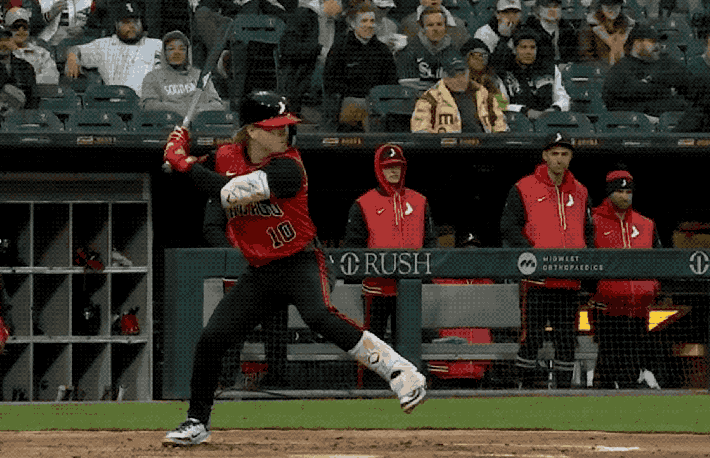
Ungricht was the recruiting coordinator at USD, fresh off a stint as an amateur scout for the St. Louis Cardinals, when he first came upon Meidroth as lightly recruited high school infielder still uncommitted entering his senior year. Meidroth's bat didn't spur the first memory, but rather watching him man shortstop. Sure, Ungricht noted the smaller size, but was more taken with the hands, footwork and throwing arm necessary to project Meidroth as a shortstop with a future 55-60 grade glove on a pro scale, which he felt was reason enough to make a recruiting push.
Moreover, he felt like Meidroth belonged with anyone on the field with the well-regarded Garciaparra Baseball Group travel team he played with in high school. And that Meidroth knew it.
"He exuded confidence on the field," Ungricht said. "It didn't matter who he was facing, it just seeped out of him. Not in a bad way, just that he knew he could handle any pitcher, he could play defense with the best of them. It was just the way he carried himself -- not in an arrogant way or a cocky way, just that he was confident."
That confidence only drove Meidroth's frustration that day in the Toreros dugout while talking to Ungricht, feeling that he was capable of mashing against the competition he was facing but was getting himself out. After the challenge to flip his mindset got him rolling en route to a .329/.440/.544 junior campaign, Meidroth went from two years on the bench in college to getting selected in the fourth round by the Red Sox. And now that the White Sox are on the other side of the scale, prodding him to let it rip a bit more, Meidroth appropriately talks like someone who's been here before and already understands what he's been asked to do.
"It's just like every situation, every at-bat is different; finding the strengths of the pitchers, where they're trying to pitch me, how they're trying to attack me and game planning against each one, is what goes into every at-bat for me," Meidroth said. "I've always been able to, you know, drive the ball somewhat far. It's just giving myself the opportunity more to get the ball to that pull side and put the ball in the air. So, working on bat path and taking those chances early."
"In spring training he was taking a lot of pitches and at the big-league level, you can't get behind a lot, but he took that down to Charlotte and applied it in his game and his approach has been solid since he’s been here," said Marcus Thames. "Whenever you lead the minor leagues in walks, man, you're doing something. And I think he does well with his scouting reports and stuff like that. He'll come back to the dugout and say, the ball isn't doing this or doing that. So, he's wise among his years."
The root of Ungricht's suggestion was that Meidroth had become the sort of hitter that other teams in his conference were game-planning around, and could no longer sneak under the radar. His initial plate appearances in every game were going to be opposing pitchers probing to see where he would chase, and what he was looking for, and holding his cards close to his vest for a beat would reveal opportunities to surprise by jumping on a first-pitch strike later on.
So he could only laugh when Meidroth's major league career opened with a four-pitch walk, followed by him drilling a first-pitch fastball for his first major league hit in his second time up.
"Knowing who he is, we were just pumped," Ungricht. "Our culture and our program is based on players like that. With Chase, it's not all about Chase. That guy is playing to win, each and every pitch. He cares about winning more than anything."
With that in mind, it's appropriate that Meidroth has been called up at the same time as Edgar Quero, who similarly will talk about game situation and what the team needs in the moment when the topic of power production is broached. They've combined for zero homers and zero barrels in the early portions of their careers, but are nevertheless cobbling together at-bats of a quality that makes them look like they belong at the level, with the promise of more showing up eventually.
"Plate discipline is so key, because it gives you a little bit of power, and a little bit of leverage over the pitcher," Ungricht said. "He's got power, the power is going to come. That was the thing that we would say to him, 'Hey man, keep staying with your strengths. You've got great strengths. Keep staying with your strengths. Utilize your short swing to your advantage. The ball is going to go out, you will hit your home runs.' And he will."
